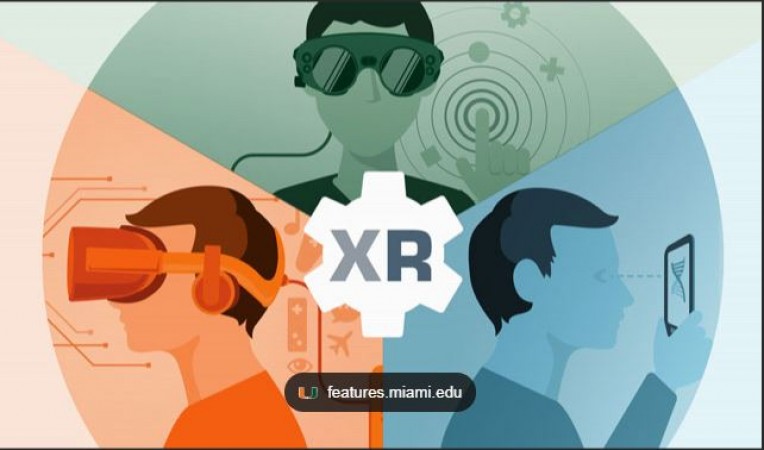
Extended Reality (XR) is expected to improve productivity and convenience for consumers, enterprises and public institutions in a wide variety of application areas such as entertainment, training, education, remote support, remote control, communications and virtual meetings.
What Is Extended Reality?
Let’s break down the meaning behind extended reality - and what does the technology stand for. Extended reality (or XR) is an umbrella term for computer-generated environments that merge the physical and virtual worlds or create an entirely virtual experience for users.
XR lies at the intersection of three technologies: virtual reality (VR), augmented reality (AR) and mixed reality (MR). By bringing all of this together, XR can uncover a broad new spectrum of opportunities across real and virtual-based environments.
Benefits of Extended Reality
Virtual Reality has some real benefits when it comes to using the technology to enhance certain experiences, including:
Improved Learning
XR creates a safe learning space in schools and universities, where learners and educators can explore experiential learning methods. In addition, extended reality is an opportunity to improve learning rates as research shows that learners in conventional settings tend to forget some 70% of the content they’ve been exposed to within 24 hours and nearly 90% in a month. On the other hand, studies around extended reality show that when the technology is employed in classrooms, students have demonstrated improved comprehension and retention. XR is also a valuable tool in engaging students who face cognitive challenges or those who respond better to different learning platforms.
Challenges of XR
Those developing XR technologies are battling with some of the challenges to mainstream adoption. First, XR technologies collect and process huge amounts of very detailed and personal data about what you do, what you look at, and even your emotions at any given time, which has to be protected.
In addition, the cost of implementing the technology needs to come down; otherwise, many companies will be unable to invest in it. It is essential that the wearable devices that allow a full XR experience are fashionable and comfortable as well as always connected, intelligent, and immersive. There are significant technical and hardware issues to solve that include but are not limited to the display, power and thermal, motion tracking, connectivity and common illumination—where virtual objects in a real world are indistinguishable from real objects especially as lighting shifts.
As each day passes, we are one step closer to solving these issues so that we will see many more mainstream applications of all XR technologies over the coming years. The Disadvantages of XR Reality
In spite of the above-mentioned tempting opportunities of XR, it has the following drawbacks:
ALSO READ:-Introducing Innovative FASTag-Based Smart Parking System at Varanasi Airport
Compromised privacy. As with any other technology, XR is prone to cyber-attacks, in particular, to data hacks. It can result in serious damage, since XR-related solutions have access to tons of private information.
Reduced social engagement. Extended reality provides numerous ways of amusement, which may completely engross human minds and may threaten to eliminate the necessity for communication. Although XR allows people to communicate, it enables it in a different way that lacks contact and personal interaction.
Physical harm. Long-term application of VR devices and augmented reality glasses may cause eye disorders, nausea, faintness and headache.
The high cost of implementation. The development and implementation of XR solutions and devices that support this technology are extremely expensive, which is why it may come at a high cost.
ALSO READ:-IAF chief VR Chaudhari calls for evolved approach to fight tomorrow's wars